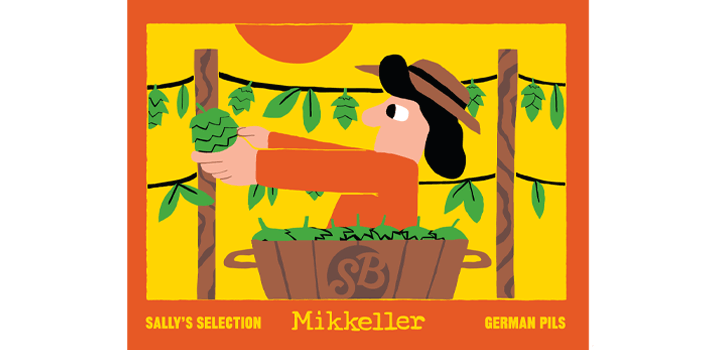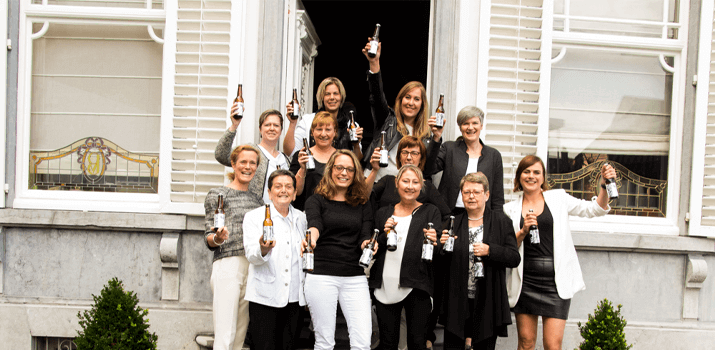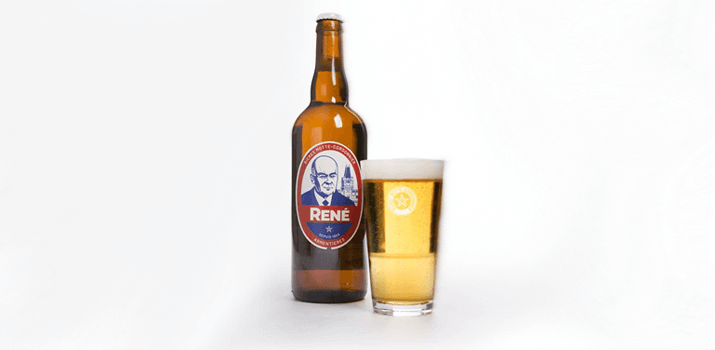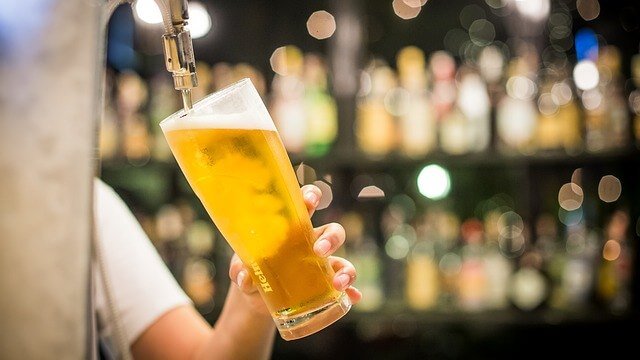Multiple Choice
1.) What is the name of the Goddess of Beer?
A.) Maggie B.) Ninkasi
C.) Mother Louse D.) Brewster
2.) Which is not a basic flavour that the human tongue can taste?
A.) Sweet B.) Fat
C.) Umami D.) Metallic
3.) What is malt responsible for in beer?
A.) Bitterness B.) Colour
C.) Converting sugar into alcohol D.) Preservative Qualities
4.) What causes a beer to taste like skunk or burning rubber?
A.) Exposure to skunks B.) High storage temperatures
C.) Exposure to UV rays D.) Beer is out of date
5.) Which beer is best served in a stange?
A.) Kölsch B.) Sweet Stout
C.) Pilsner D.) Witbier
Fill-in-the-Blank
6.) Bitterness is measured in IBUs, which means ______________________________________________.
7.) The two species of yeast strains responsible for making beer are _____________________________ and _____________________________. (We're looking for the Latin names here)
8.) Oxidised beer tastes like _____________________________.
9.) Bottle conditioning is a secondary fermentation process that creates _______, otherwise known as _________________________ in the bottle.
10.) The term "lager" comes from the old German word "lagern" which means _______________________.
True or False
11.) When pouring a beer it should be dumped down the middle of the glass until it is full. _____
12.) Yeast is the most important ingredient in beer. _____
13.) Ale yeast ferments at a higher temperature than lager yeast. _____
14.) It's fine to age American IPAs for over a year. _____
15.) Brown bottles filter out UV rays better than green bottles. _____
Identify the Style
We touched on some styles in this unit (we'll get more in depth in later units) but try to identify the style based on the clues below:
16.) Renowned for its drinkability, enhanced hop bitterness and balancing malts. Yeast strains used in this style typically lend a bit of fruitiness while the hops used traditionally have an earthy or herbal character. ______________________________________
17.) Recognised for its distinct hop profile which consists of grapefruit, pine, citrus and spice character. Expect a good balance of malt and hops. _______________________________________
18.) This lager is pale in colour. It has a fabulously clean malt profile that is balanced out by spicy/floral noble hops with a lovely balancing bitterness. ________________________________________
19.) Soft water creates a suitable platform for presenting more spicy, herbal, floral hop character while a crisp bitter finish extends beyond a lovely malt profile. Clean, refreshing and bitter. ________________________________________
20.) This style of the India Pale Ale is most known for being hop-forward with assertive bitterness which generally present citrus, pine, floral and spice characteristics. It is medium-bodied with a moderate maltiness and a clean, dry and lingering bitter finish. ________________________________________
Style Guide
For the final question, fill in the missing basic style information (in your words) for the following beer:
Brief History of the Style:
Style Standards:
Fermentation:
Serving Temperature:
Glassware:
Storage Temperature:
Max Length of Storage:
You did it! Great work! We'll see you next week with the answers as we finally wrap up Unit 1. Until then, crack open a beer. You've earned it!





